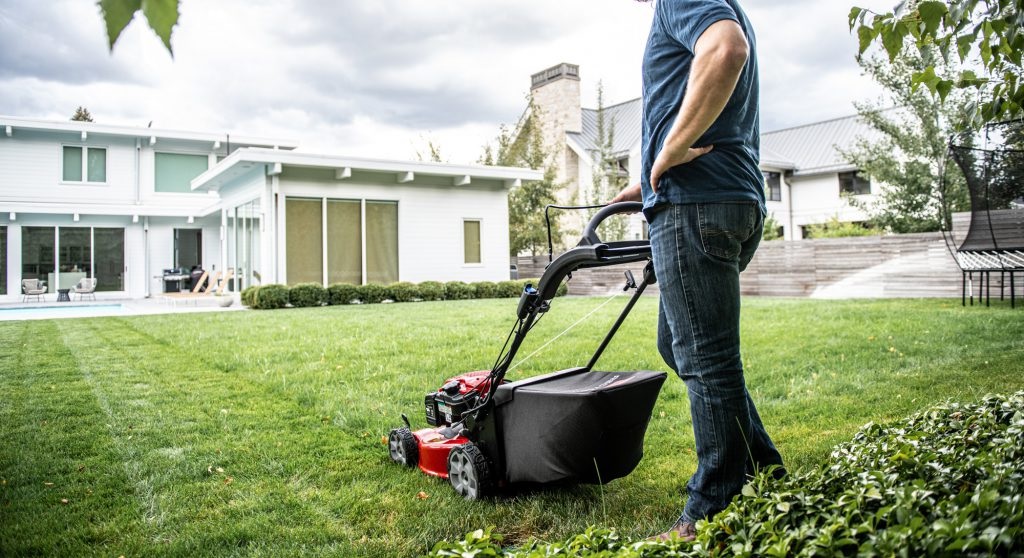Deciding between a push or self-propelled lawn mower is an important choice when purchasing equipment for maintaining your yard. The right type of mower depends on yard size, terrain, budget and features.
Yard size impacts mower needs
The overall square footage you need to cover with your mower is a primary consideration. Push mowers require more physical strength and effort from the operator. They can be ideal for smaller yards up to a quarter acre in size. Trying to use a standard push mower on yards larger than that usually leads to fatigue and uneven cutting results. Self-propelled mowers have an integrated power assist system using rear or all-wheel drive to help move the mower. This makes them better suited for managing bigger yards from half an acre up to an acre or more in size. The larger the yard over half an acre, the more power and wider cutting deck you’ll need on a self-propelled model. For small, flat yards under 6,000 square feet, a standard push mower is typically adequate, assuming you have the physical capability to operate it. Evaluate your property’s overall size as well as unique shape and terrain when deciding on the right mowing equipment.
Terrain impacts ease of mowing
Besides yard size, hilly areas or uneven landscape also play a role in choosing between push and self-propelled mowers. Let’s compare how yard terrain impacts options
- Flat terrain
On flat yards with limited obstacles, a manual push mower tends to work relatively well. Models with larger wheels roll more smoothly across flat lawns. Just watch the cutting height to avoid scalping levelled ground.
- Sloped terrain
Attempting to mow up and down hills with a push mower leads to much more human effort needing to be exerted. This also raises safety risks if not cautious of slip hazards. Opting for a self-propelled mower featuring all-wheel drive or large rear wheels is best for frequently mowing slopes or hills.
- Obstacles/landscaping
Navigating landscaping elements like gardens, trees and flower beds with a mower often means more manoeuvrability needed. Self-propelled models with adjustable speed settings provide better control when starting, stopping and steering around obstacles.
Evaluating terrain is just as critical as yard size when choosing between the ease of a push or self-propelled mower for maintaining turfgrass.
Key feature differences
Beyond yard specs, there are some performance differences in features which impact picking push vs self-propelled models:
- Cutting deck width
Deck widths on push mowers usually top out at 21 inches. Self-propelled models are more commonly available in the 21-24 inch cutting width range, with heavy duty models offering 30+ inch decks. Wider decks get jobs done faster.
- Power and speed
As the name implies, self-propelled mowers provide power-assisted movement at varying speeds. Faster mowing times are possible with speed settings up to 4mph or more on some models. Push mowers rely solely on human speed and strength.
- Maneuverability
In terms of turning tight corners, John Deere mowers tend to have better manoeuvrability. Since you directly control the movement, it’s easier to pivot and turn precisely. Self-propelled models require letting up on the power mechanism to finesse tight turns.
Understanding how features like cutting width, power/speed and manoeuvrability differ between push and self-propelled mowers leads to matching the best model to your property.

